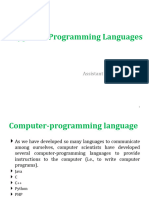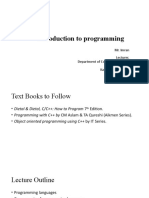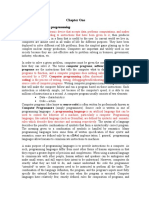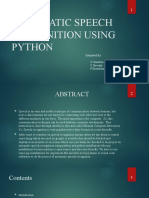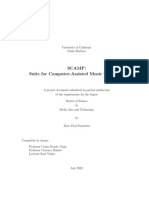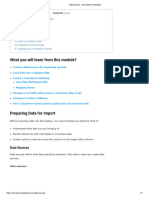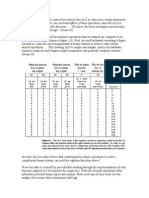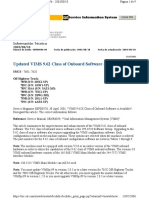0% found this document useful (0 votes)
12 views15 pagesG10-W1-D2 - Programming
The document introduces programming, defining it as a set of instructions in a programming language for computers. It outlines different types of programming languages: low-level, high-level, and middle-level, explaining their characteristics and uses. Additionally, it discusses the components of high-level languages, including procedural, object-oriented, and natural language programming.
Uploaded by
Jameila Sharvie BolintaoCopyright
© © All Rights Reserved
We take content rights seriously. If you suspect this is your content, claim it here.
Available Formats
Download as PDF, TXT or read online on Scribd
0% found this document useful (0 votes)
12 views15 pagesG10-W1-D2 - Programming
The document introduces programming, defining it as a set of instructions in a programming language for computers. It outlines different types of programming languages: low-level, high-level, and middle-level, explaining their characteristics and uses. Additionally, it discusses the components of high-level languages, including procedural, object-oriented, and natural language programming.
Uploaded by
Jameila Sharvie BolintaoCopyright
© © All Rights Reserved
We take content rights seriously. If you suspect this is your content, claim it here.
Available Formats
Download as PDF, TXT or read online on Scribd
/ 15




















